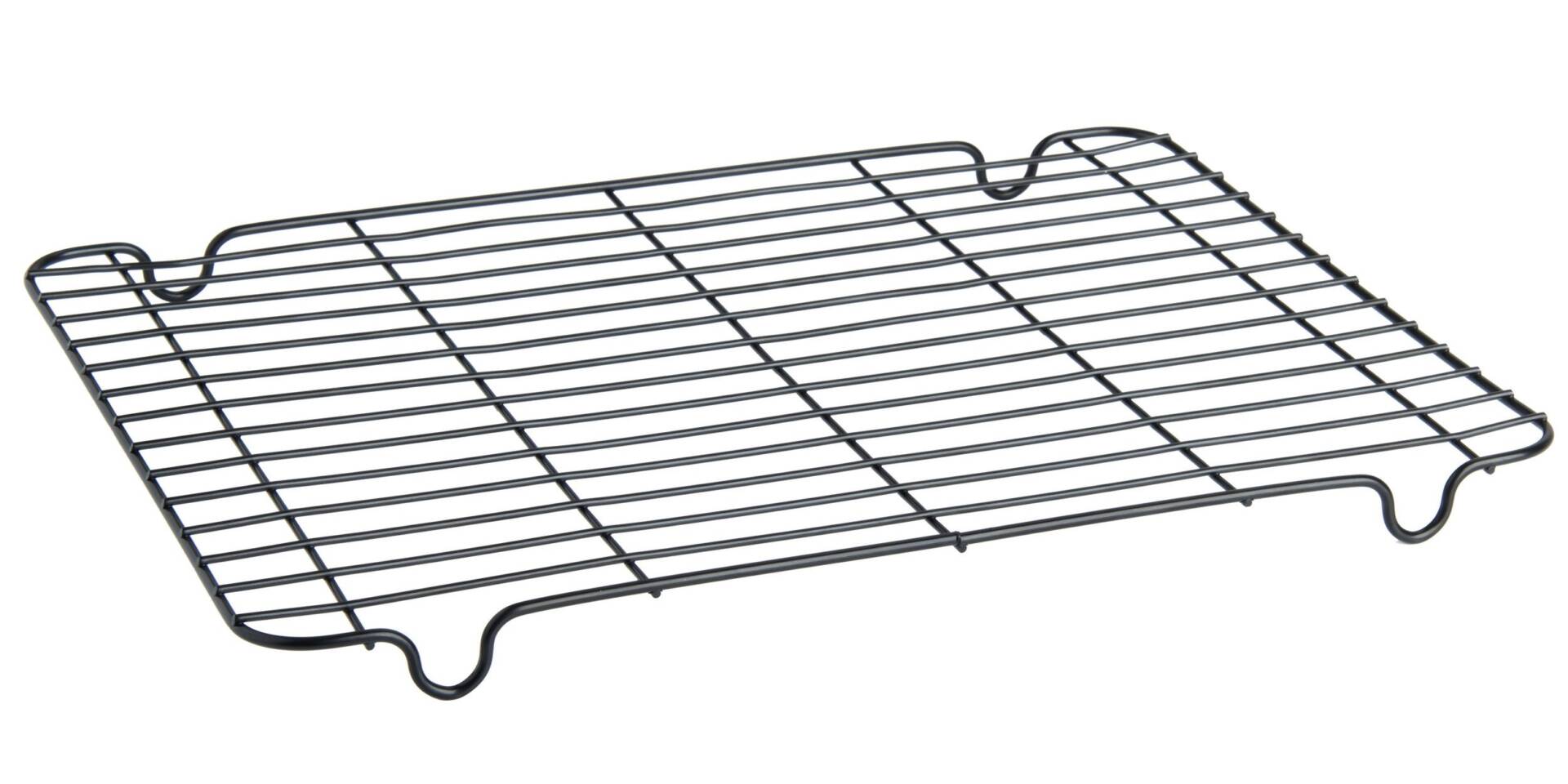Project Report For Cooling Rack
Introduction
Project report for cooling rack is as follows.
Cooling racks are a fundamental element of baking equipment. They make the ideal environment for a hot pan or a baked dish that has been de-panned to cool down fast and evenly. A cooling rack’s shape enables air to circulate through it, reaching all sides of a pan, as opposed to a trivet, which will only hold a hot object off of your countertop or table. Your cookies, cakes, etc. won’t overbake in the pan’s residual heat because the pan cools down much more quickly than it normally would.
The same is true for baked items that have been taken out of their pans and allowed to cool separately on wire racks. In these situations, racks also have the added aim of preventing condensation from building up and turning the edges of your baked products mushy or squishy as they cool. This condensation results from the steam emitted by the hot meal.
Cooling racks can be employed in a number of processes, such as depanning and storing goods before packaging. Other uses include the aging of some meat products and the curing of goods that require time for a chemical procedure.
Where sanitation is a priority, cooling racks are typically made of corrosion-resistant materials. Although other metals, such as carbon steel, may be used if a protective coating, such as hot dip galvanising, is applied to the metal, these materials are typically made of aluminium or stainless steel.
An extremely resilient metal with strong corrosion resistance is stainless steel. Another excellent option is aluminium, which has exceptional corrosion resistance, is lighter than stainless steel, and is frequently less priced.

Uses of Cooling Rack
A kitchen tool that is used to transfer cooked foods—either those that are still in a hot pan or those that have been taken out of a baking sheet or pan and placed directly onto the rack—onto a surface that will allow the food to cool on all sides after baking.
Stainless steel wires that have been braided into square meshes of tiny criss crossed bars or a number of straight, closely spaced parallel bars are commonly used to create cooling racks. bars to support food without it falling through while still allowing enough air to reach the bottom of the food to prevent it from retaining too much moisture and becoming soggy.
A batch of cookies, bread, cakes, or several pies can be supported on certain racks, which are single levels, while others have many layers made up of two or three stacking tiers. Cooling racks can be oval, round, square, or rectangular in shape. Cooling racks can also be made from roasting racks.
Our industrial-grade, continuously-used commercial cooling racks are created from materials of the highest calibre. To attain maximum capacity in a small area, these heavy duty carts may have numerous tiers.
Get Completely Custom Bankable Project Report
Market Potential Of Cooling Rack
Market size for kitchen appliances was estimated at $237.3 billion in 2019 and is projected to reach $377.70 billion by 2027, growing at a 6.0% CAGR between 2020 and 2027.
The market potential of cooling racks in India is growing with an increasing demand for high-quality kitchenware products. Cooling racks are used to cool baked goods and other food items, and they have become an essential part of every kitchen. In India, there is a growing trend of home baking, and this trend is driving the demand for cooling racks.The market for cooling racks in India is highly competitive, and several domestic and international brands are vying for a share of the market.
The online retail segment is growing at a faster pace in India, and it is expected to be the fastest-growing distribution channel for cooling racks. Online retailers offer a wide range of cooling racks at competitive prices and deliver them directly to the customer’s doorstep. Many online retailers are offering discounts and deals to attract customers, and this is further driving the demand for cooling racks.
The demand for cooling racks is high in tier-1 and tier-2 cities, where consumers are willing to spend on high-quality kitchenware products. In tier-3 cities, the demand for cooling racks is growing, but it is still lower compared to tier-1 and tier-2 cities. The demand for cooling racks is expected to grow in rural areas as well, as the standard of living improves, and disposable incomes increase.
